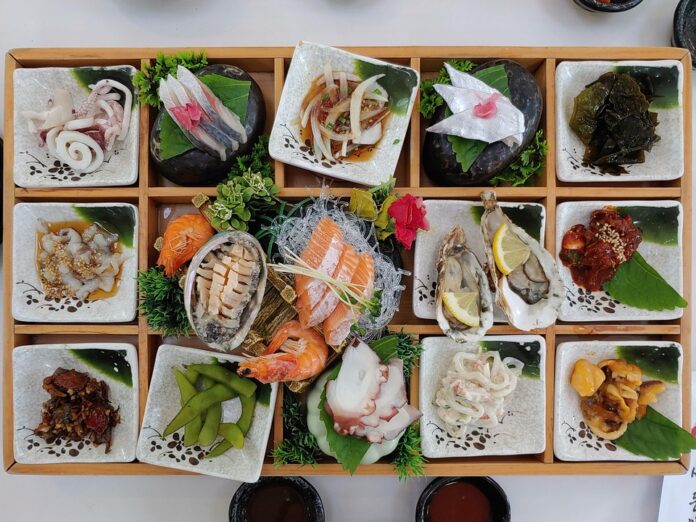Introduction
The COVID-19 pandemic has had a profound impact on the global restaurant industry, and South Korea’s dining scene is no exception. The country’s vibrant culinary landscape has been reshaped in the wake of the pandemic, with restaurants adapting to new challenges and consumer preferences. In this report, we will explore how COVID-19 has transformed the Korean restaurant industry, focusing on key shifts, financial data, and industry insights.
Challenges Faced by the Korean Restaurant Industry
The pandemic brought a host of challenges to the Korean restaurant industry, forcing businesses to adapt quickly to changing conditions. Lockdowns, social distancing measures, and restrictions on dining-in had a significant impact on revenue for many establishments. As a result, restaurant owners had to find creative ways to stay afloat, such as offering takeout and delivery services, implementing safety protocols, and reimagining their business models.
Financial Impact
The financial impact of the pandemic on the Korean restaurant industry was significant. According to data from the Korea Food Service Industry Research Institute, restaurant sales in South Korea decreased by 30% in 2020 compared to the previous year. Many restaurants were forced to close their doors permanently, leading to job losses and economic hardship for owners and employees alike.
Shift to Digital
One of the most notable shifts in the Korean restaurant landscape post-pandemic has been the rapid adoption of digital technologies. With in-person dining restricted, many restaurants turned to online ordering platforms and food delivery services to reach customers. This shift to digital has not only helped restaurants stay afloat during the pandemic but has also opened up new revenue streams and opportunities for growth.
Trends in the Korean Restaurant Industry
Despite the challenges brought on by the pandemic, the Korean restaurant industry has shown resilience and innovation in the face of adversity. Several key trends have emerged in the post-pandemic landscape, shaping the future of dining in South Korea.
Focus on Safety and Hygiene
In response to heightened concerns about health and safety, Korean restaurants have placed a greater emphasis on cleanliness and hygiene. Many establishments have implemented strict sanitization protocols, redesigned their dining spaces to allow for social distancing, and provided hand sanitizers and masks for customers. These measures have not only helped reassure diners but have also become a key differentiator for restaurants looking to attract customers in a post-pandemic world.
Embracing Sustainability
Sustainability has become an increasingly important consideration for Korean restaurants post-pandemic. Many establishments have started sourcing local, organic ingredients, reducing food waste, and implementing eco-friendly practices to minimize their environmental impact. Consumers are becoming more conscious of their carbon footprint, and restaurants that prioritize sustainability are likely to gain a competitive edge in the market.
Industry Insights and Outlook
Looking ahead, the Korean restaurant industry is poised for recovery and growth as the country gradually emerges from the pandemic. While challenges remain, including ongoing concerns about the virus and economic uncertainty, restaurants that adapt to changing consumer preferences and embrace innovation are likely to thrive in the post-pandemic landscape.
Key Players in the Korean Restaurant Industry
Several key players in the Korean restaurant industry have successfully navigated the challenges of the pandemic and are well-positioned for success in the post-pandemic era. Companies such as CJ Foodville, SPC Group, and Kyochon F&B have shown resilience and adaptability in the face of adversity, leveraging digital technologies and innovative strategies to stay ahead of the curve.
Future Prospects
As the Korean restaurant industry continues to evolve in the wake of the pandemic, there are several key trends and opportunities to watch. From the rise of ghost kitchens and virtual restaurants to the growing demand for plant-based and sustainable dining options, the future of dining in South Korea is set to be dynamic and diverse. By staying agile, innovative, and customer-focused, Korean restaurants can thrive in the post-pandemic landscape.
In conclusion, the COVID-19 pandemic has reshaped the Korean restaurant landscape in profound ways, from the adoption of digital technologies to a renewed focus on safety and sustainability. While challenges remain, the industry is showing signs of resilience and innovation, with key players leading the way towards a brighter future. As South Korea emerges from the pandemic, the restaurant industry is poised for recovery and growth, offering exciting opportunities for businesses that can adapt to the changing times.




